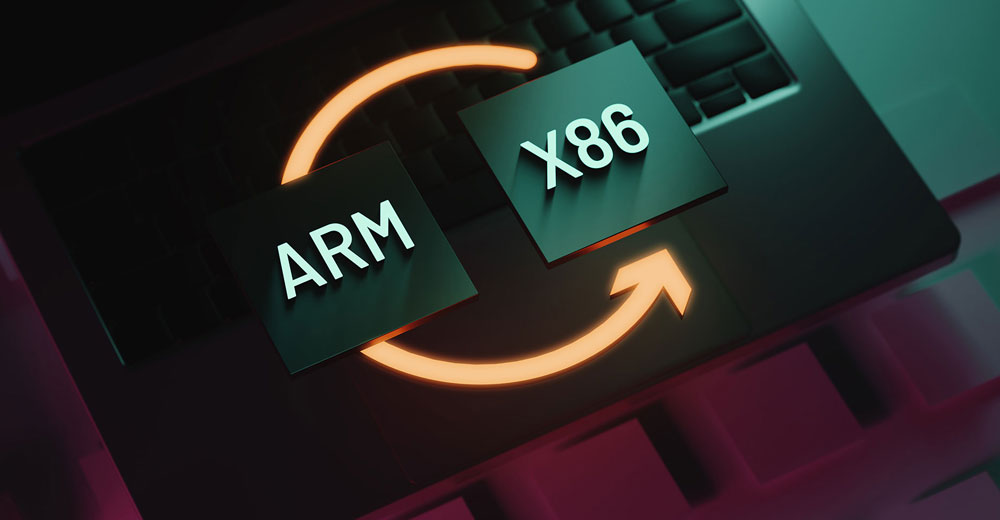
Vice President of Technical Marketing at Intel, Robert Hallockaddressed a topic that has been taking up more and more space in technology news: comparisons between x86 and ARM architectures. Some companies, such as Applehas been doubling down on alternative solutions to x86, making ARM the protagonist not only in devices such as smartphones, but also in computers, and achieving success, see the case of the highly sought-after MacBook Air M1.
However, all this hype around ARM that happens, in some situations, results in a certain detriment in relation to x86, according to Hallock, in a statement to NotebookCheck, are based on false claims.
“It is our company’s belief that the conversations that occur about power consumption in ARM vs x86 are based on false claims, because it is not the instruction set architecture (ISA) that largely dictates power.”
The Intel executive touches on one of the points that is usually most highlighted in promotional materials and analyses of products that use ARM-based chips: battery life. This easily surpasses devices that use x86 chips, a market that is still very important to Intel.
Hallock says that the practical differences between the products stem from the differences in design:
What determines this is the chip design
“Our view is actually physics: transistors cost power. A CPU design that adds more cores, increases the size of the NPU, adds graphics, or has additional manufacturing complexity is not free. These decisions inherently increase package power consumption and overall TDP from what consumers have historically seen from conventional Windows and Linux processors.”.
Hallock emphasizes that it is not x86 or ARM that determines consumption. It is the physical design of the chip, the project. “It’s the technological process used, the packaging technology used. We are relentlessly optimizing every component of this platform, one-watt panels, the most efficient memory, the most efficient SSDs. This is what determines the battery life. This is what determines the CPU consumption.”
In short, a certain technical advantage of x86 chips in some aspects ends up making it impossible, in relation to cost, to achieve a certain equivalence in consumption. As Hallock added, “Improving the features and performance that the market expects has a ‘typical cost’, regardless of whether it is an x86 or ARM ISA. So if the added complexity costs power in any ISA, then it becomes a battle between which design stack brings the best performance/power/area (or Performance, Power, and Area, PPA) to meet consumer expectations.
Luna Laner chips promise to surprise

In a technical marketing role, Hallock also highlighted that upcoming Intel processors for notebooks, Core Ultra 200V, based on the Lunar Lake architecture, and which are x86, will make it clear that this difference to ARM is not true:
“What you’ll see from the Lunar Lake line is x86 powered up like never before. We relentlessly tested every single engine execution on this chip to extract the best performance per watt we could. We touched everything. Graphics, packaging, cores, manufacturing, every component has been improved,” he added.
The first devices equipped with Lunar Lake chips are expected to hit the market in September, directly rivaling the Ryzen AI 300 and Qualcomm Snapdragon X Elite.
Source: https://www.hardware.com.br/noticias/intel-diz-que-algumas-comparacoes-entre-x86-e-arm-sao-baseadas-em-falsas-afirmacoes.html


